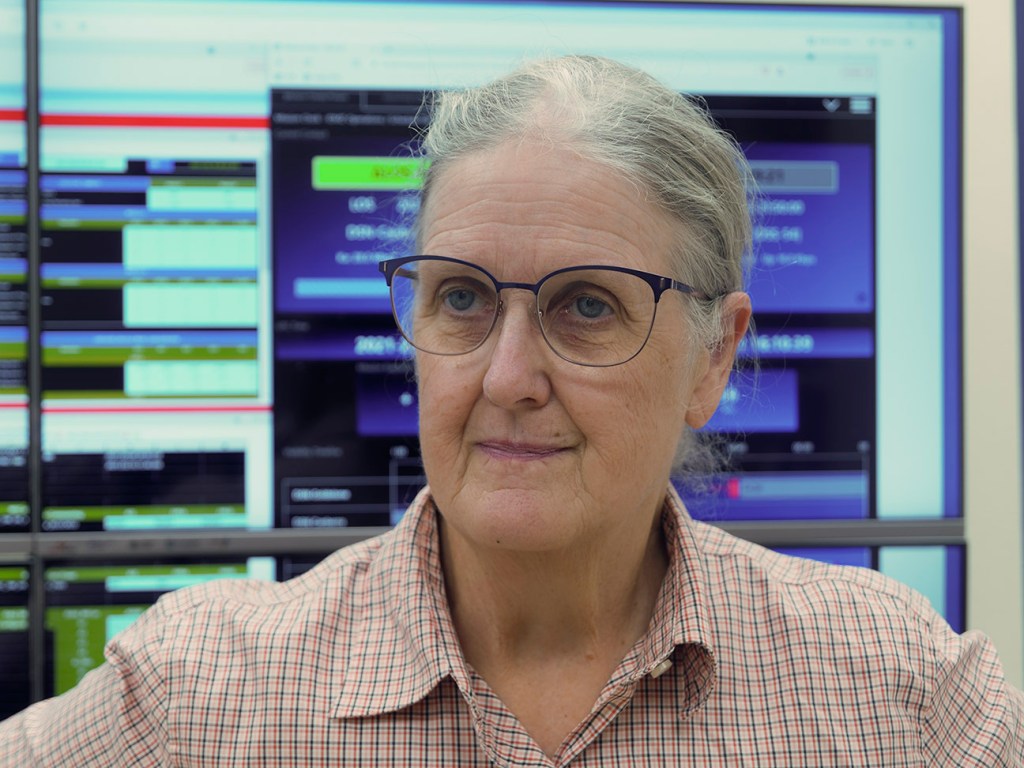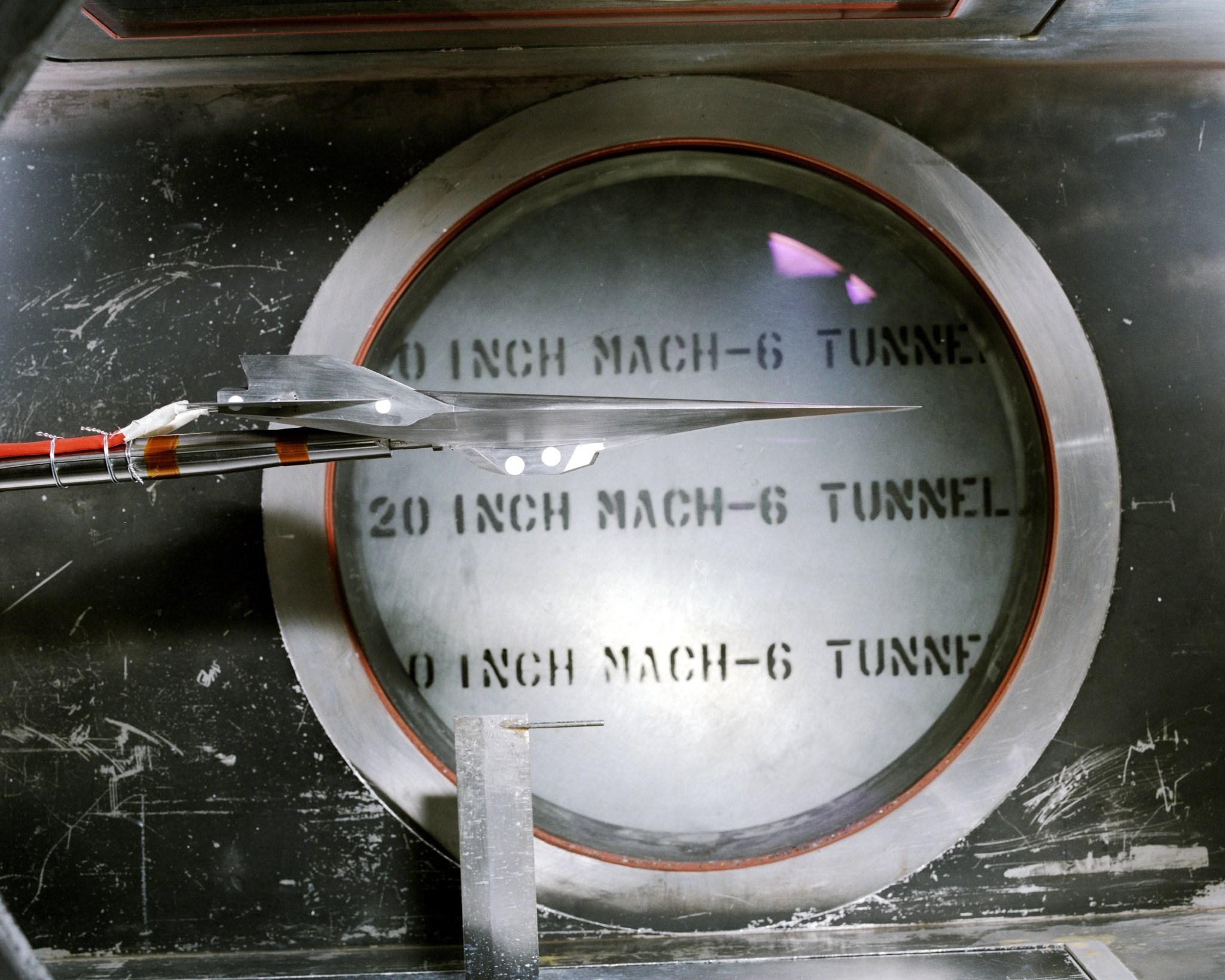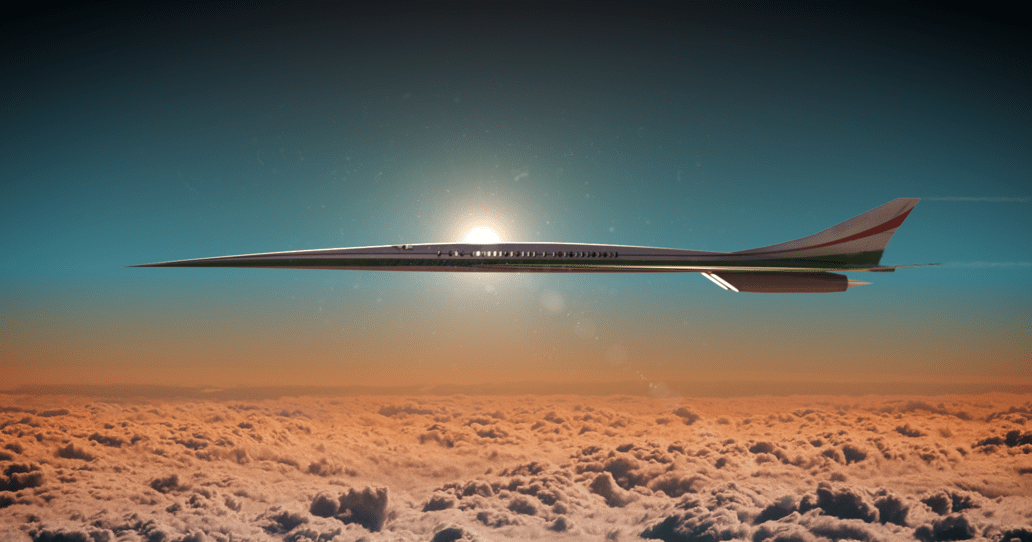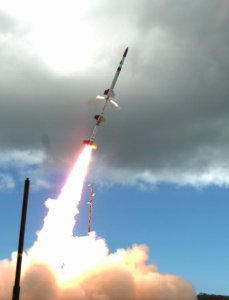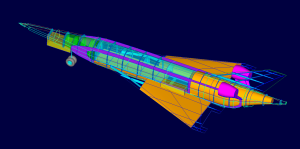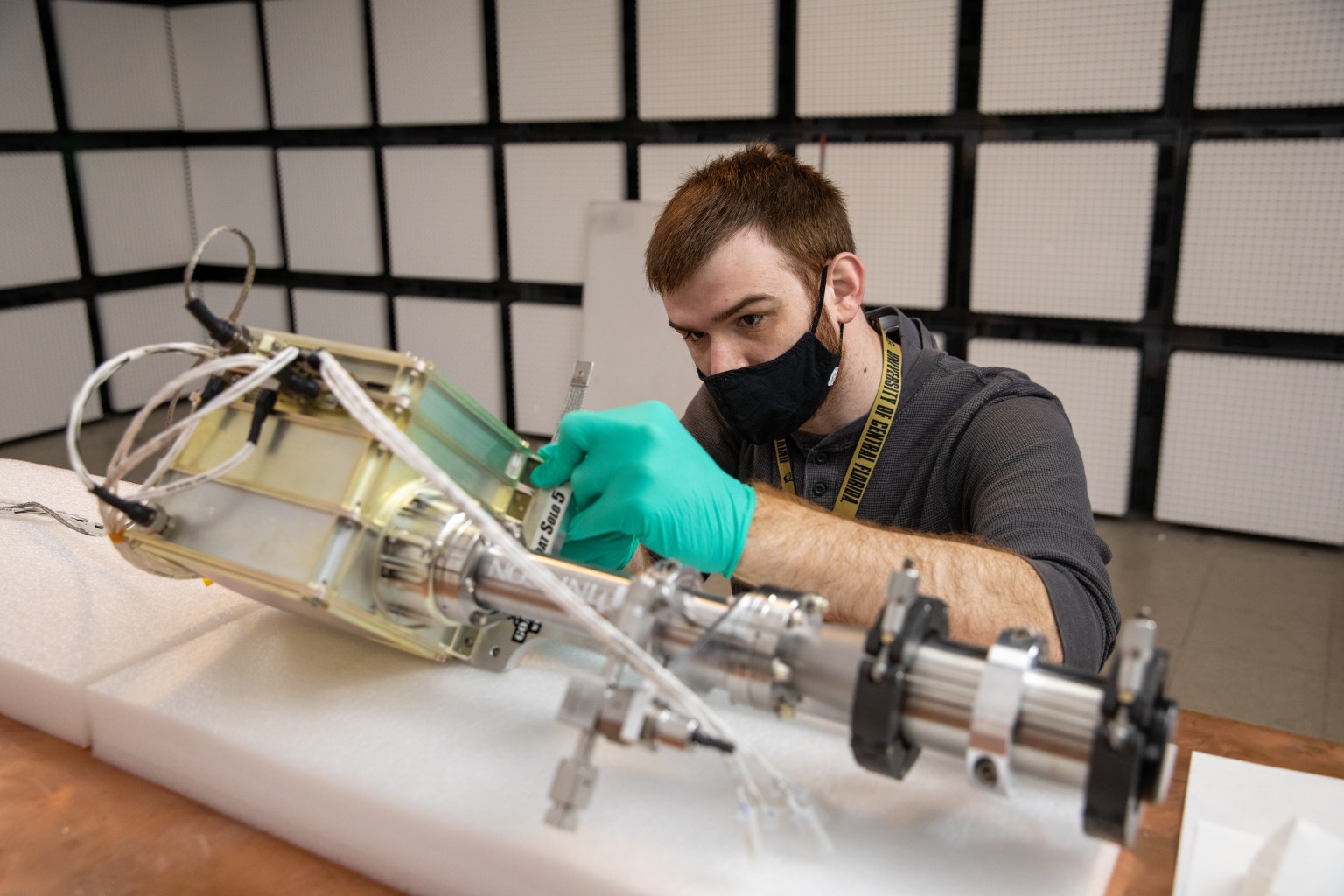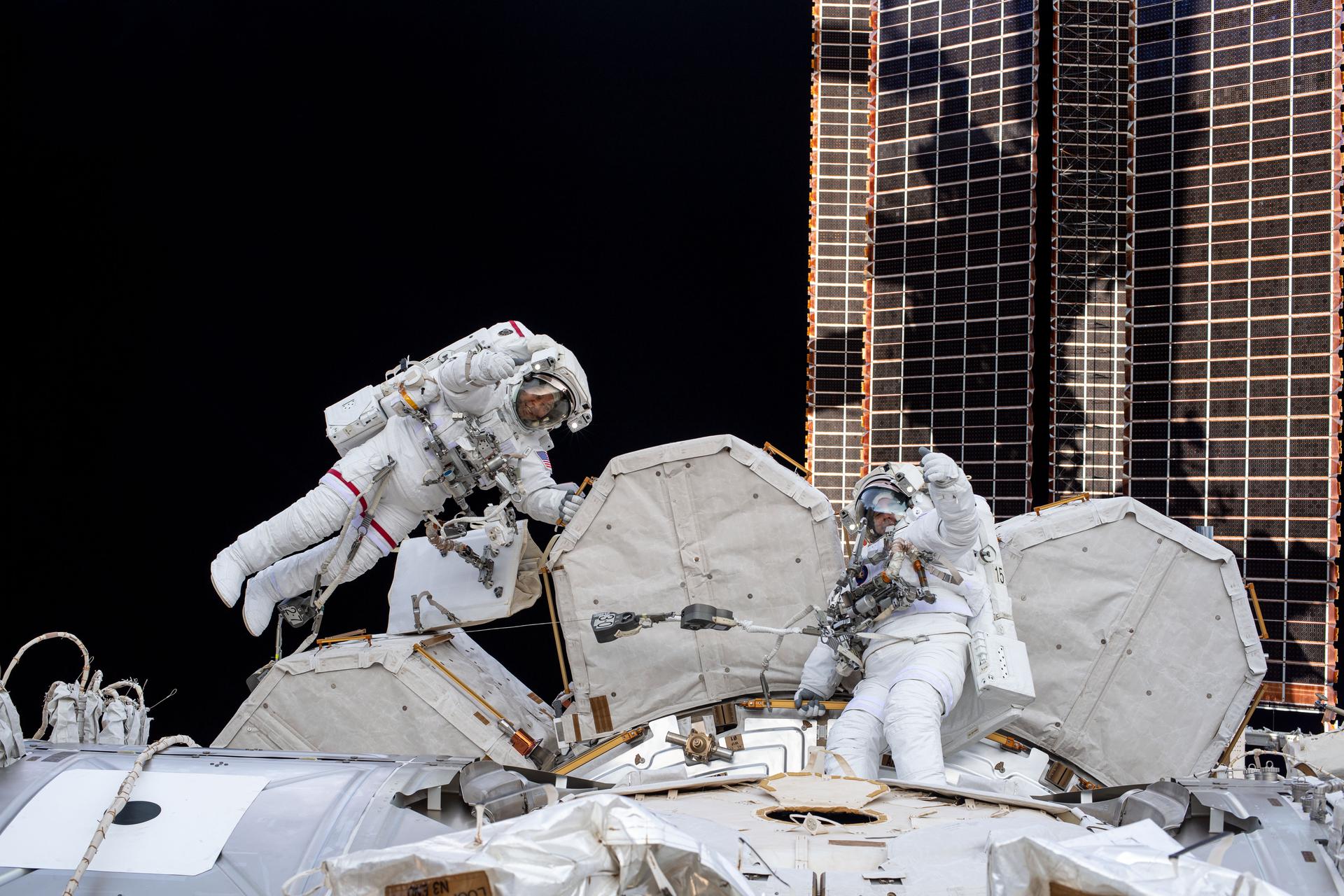Vehicles that travel at hypersonic speeds fly faster than five times the speed of sound. NASA studies the fundamental science of hypersonics to understand it better and applies this understanding to enable point-to-point and space access hypersonic vehicles. These vehicles would use airbreathing engines, which utilize oxygen in the atmosphere. In the long term, NASA envisions reusable hypersonic vehicles with efficient engines for routine flight across the globe.
Vision: Enable routine, reusable, airbreathing hypersonic flight
Mission: Advance core capabilities and critical technologies underpinning the mastery of hypersonic flight to support U.S. supremacy in hypersonics
Approach: Conduct fundamental and applied research to enable a broad spectrum of hypersonic systems and missions
In the coming decade, NASA envisions the development of enabling technologies for a first-generation reusable airbreathing vehicle capable of cruising at hypersonic speeds. This work supports potential emerging markets in high-speed flight.
By 2050, NASA envisions the development of a next-generation reusable hypersonic vehicle that could serve as the first stage in a two-stage space access vehicle.
Unique Hypersonics Facilities and Expertise
NASA maintains unique facilities, laboratories, and subject matter experts who investigate fundamental and applied research areas to solve the challenges of hypersonic flight. The Hypersonic Technology project coordinates closely with partners in industry, academia, and other government agencies to leverage relevant data sets to validate computational models. These partners also utilize NASA expertise, facilities, and computational tools. Partnerships are critical to advancing the state of the art in hypersonic flight.
























